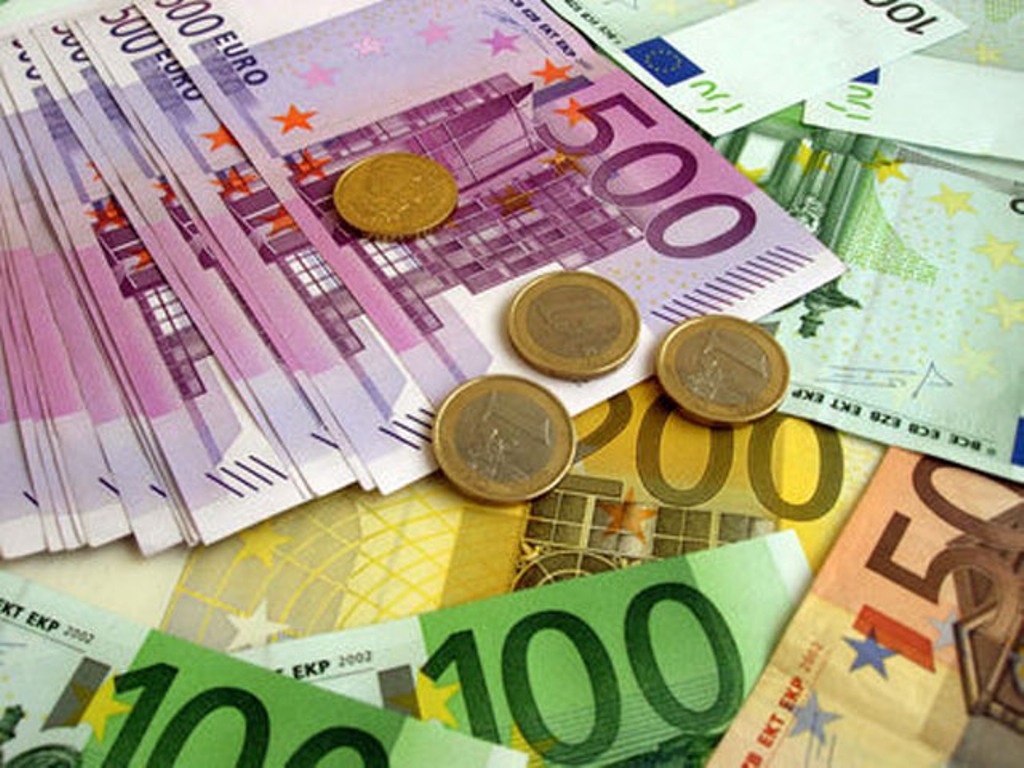
Furthermore, they continue their argument by offering concrete figures, based on which the current difference of interest rates for loans in lek as opposed to interest rates for loans in foreign currency is 3.5%, while in the years prior to the economic crisis (2007-2008), this difference was 6.6%. Meanwhile, as far as mortgage loans are concerned, it can be said that this difference is even bigger, respectively, from a level of 5% in the period prior to the economic crisis to 1% at the moment. “Average interest rates for individual loans in lek in the second quarter of the year was 7.3%, marking a slight fall compared to the 7.5% average rate in the first quarter of the year. Lower rates have been registered this quarter for consumer and mortgage loans, while interest rates for overdrafts have remained at the same levels”, experts of BoA add among others.
Loans in domestic currency account for 60% of the total that banks offer to consumers
Loans in the domestic currency, lek, accounts for the majority of portfolio of loans that banks have allocated for customers. Based on the figures referred by the Bank of Albania, during the second quarter of the year, this portfolio grew by 2.8 billion lek. This marks a significant improvement of 1.5% compared to the previous quarter. “At the end of the second quarter, loans in lek accounted for 60% of the total number of individual loans or 1.2% higher than the end of 2016”, bank experts say.
They further add that “loans in foreign currency have shrank by 0.3% during this quarter and this is affected by the strengthening of lek against other main currencies”. According to them, the small difference between interest rates for loans in lek and loans in euro has pushed individuals to transfer their loans from euro to lek. “Also, banks’ policies to have people borrow in the currency that they receive their incomes, has raised awareness among consumers in terms of the risk that exists in the exchange rate and has made them opt for loans in lek”, they further argue. Meanwhile, they conclude that in a way or another, low interest rates for individual loans in lek has led to a higher demand for loans, but at the same time, it has also relaxed the criteria that banks apply when lending.
Borrowing in lek also dominates among businesses
Although growth is lower than with individual loans, businesses too are opting to borrow mainly in the domestic currency, lek. “Growth of crediting for businesses has been determined by crediting in lek, which, in spite of a lower rate than in the first quarter, the number of loans issued for businesses continued to be high, reaching figures of up to 8.4%”, says the recent report of the Bank of Albania.
This report also indicates that the increase of the portfolio of loans in lek by 3.2 billion lek could not compensate the sharp fall of 8.9 billion lek of loans in foreign currency, which was registered in the same period. “The sharp fall of this portfolio has been significantly affected by the strengthening of lek against euro and US dollar, especially in the months of May and June. Adjusting to this effect, the fall of business loans in foreign currency is around 0.5 billion lek”, bank experts further argue, adding that on the other hand, these developments have been reflected in the increase of the number of business loans in lek as opposed to the total, which accounts for 38.5% or 3.4% higher than the month of June 2016. “During the past year, portfolio for business loans is registering a rapid move from foreign currency to domestic currency, thanks to the low interest rates for loans in lek for this segment”, experts of the Bank of Albania also explain.




